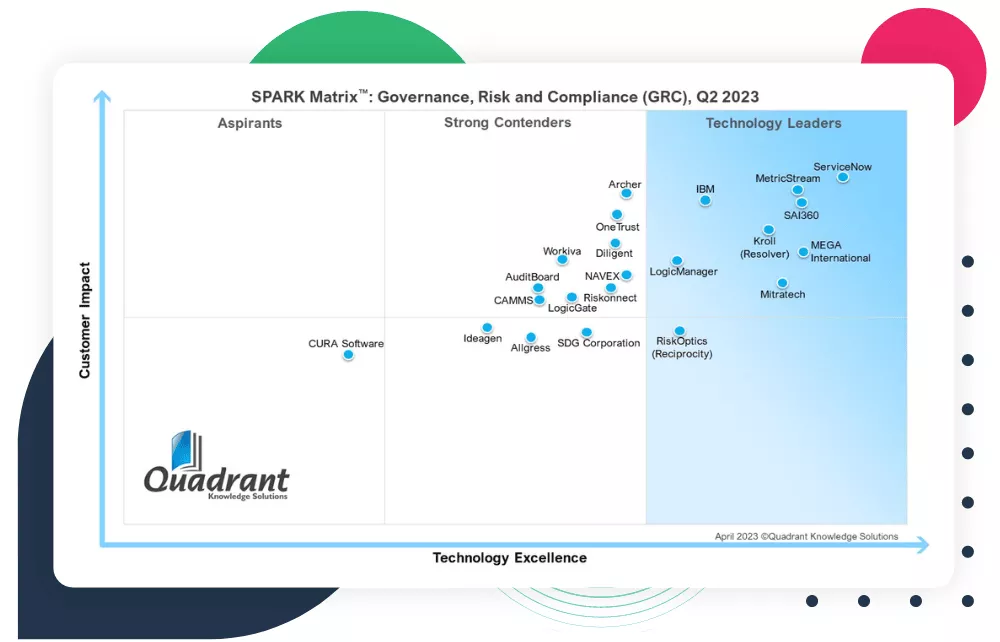Beyond process automation: BPM

Process modeling in today's business psyche is almost always driven by process automation or robotization. This is a natural and laudable objective, but it should not overshadow the fact that process modeling is the first and foremost prerequisite to business transformation.
Process modeling, in essence, helps design an organization's operating model by defining the most efficient processes to deliver a product or a service to customers. Therefore, business Process Modeling (BPM) drivers are much more varied and complex than automation alone. But above all, this practice requires the regular monitoring of the models themselves to adapt to an ever-changing ecosystem.
Operational excellence and digital transformation: the real fundamentals of BPM
Business Process Modeling - or Business Process Modeling & Notation (BPMN) - is a standard methodology using graphical forms to represent business processes, enabling organizations to design their value chains. But not only that: like an "X-ray," process modeling identifies strengths, weaknesses, critical or subsidiary processes in the business model, and potential candidates for automation.
Other drivers can lead to BPM initiatives if this methodology is often linked to an automation project. These include the digitization of business processes - as illustrated recently, due to the pandemic, by the shift from physical outlets to online sales. A graphical representation (diagram) of a process helps significantly with its understanding and performance analysis and facilitates the whole digitization process. Identifying the process sequences that can be improved to achieve operational excellence and optimization is also essential. These two objectives alone account for nearly 60% of BPM projects.
Business Process Modeling facilitates process standardization depending on the organization's size, activity, business area, or competitive environment. It fosters the communication and implementation of the optimal process regarding operational efficiency within the organization. This is common among fast-food companies that want to offer their customers the same quality and service regardless of location.
Compliance, risk management, and resilience: natural drivers for BPM
While compliance has long been a secondary driver of BPM, this trend has reversed recently in a globalized and interdependent economy that is putting more and more risks on businesses. It has even become the primary driver for 30% of companies. This is particularly true in highly regulated financial services and healthcare industries.
New players such as Neobanks also feel the pressure; after having shaken up the traditional players, some have been called to order by Regulators to model their processes to prove that they were in "control” of their operations and had all the regulatory procedures in place to comply with applicable regulations, which was not always the case.
Resilience is also an area where BPM can be a game changer for organizations operating in an increasingly digitalized world, as it highlights the IT dependencies necessary for proper process execution. This is a crucial step when implementing a business continuity strategy, as it facilitates the revert to "degraded" processes in the event of disruptions to support operating at a minimum condition.
In the same way, process modeling enables the rapid identification of operational interconnections within the organization in the context of risk management. This method facilitates impact analyses and the anticipation of domino effects on the company's value chain due to endogenous or exogenous events: cyber-attacks, pandemics and lockdowns, geopolitical tensions, increased energy costs, etc.
Process modeling: a forecasting exercise
Although processes define how an organization operates, they are not static but constantly evolving. This implies regular monitoring of possible variances and deviations between the modeled version of the process (the reference) and its application "in the field" to analyze the potential impacts on performance. Specifically, BPM is an iterative approach that must be regularly questioned according to a rhythm specific to each company. This is the role of the process owners, who are responsible for the efficiency and quality of their processes.
Process modeling is also a forecasting exercise that requires intelligence and analysis, which must lead organizations to question the possibilities for improvement to gain efficiency, competitiveness, and quality and anticipate the consequences of future regulations (compliance) or to prevent the occurrence of specific risks.
With increasing crises and extreme technological, economic, and social changes, process modeling constitutes more than ever a "life insurance" for organizations, essential to their agility, security, efficiency, and, ultimately, their resilience.
Discover how organizations rely on us to transform their IT
Hear More From Companies Like Yours






